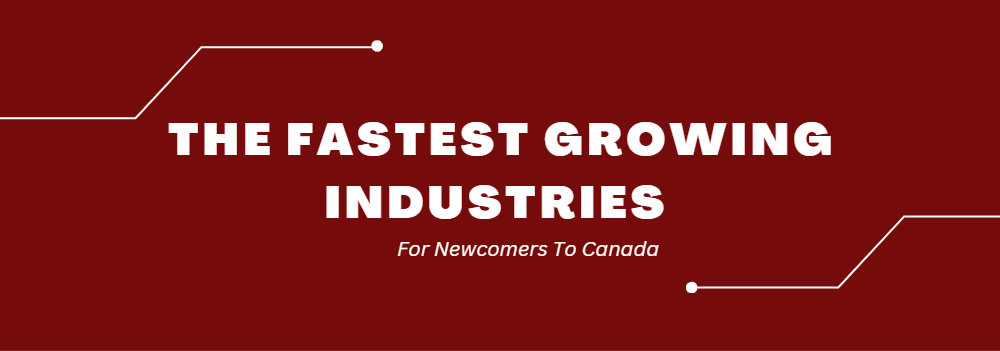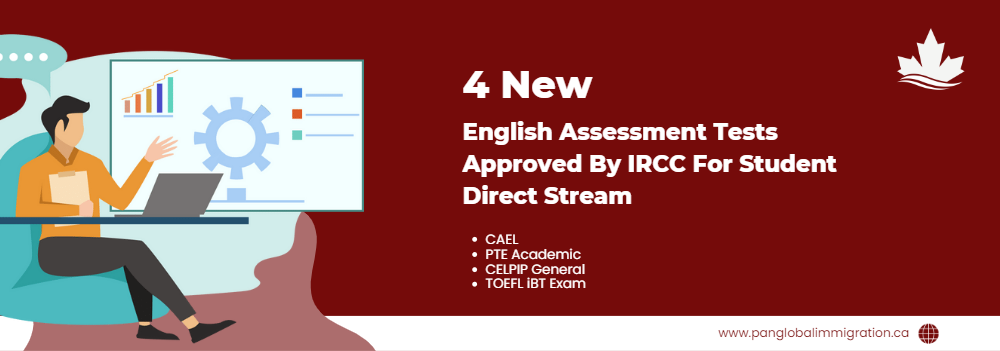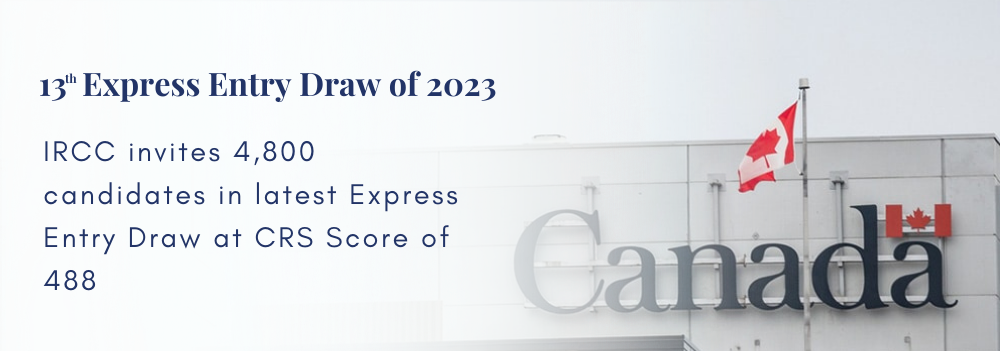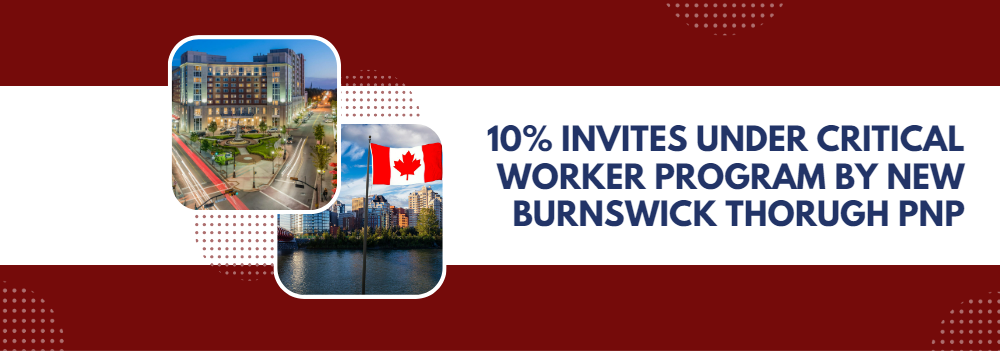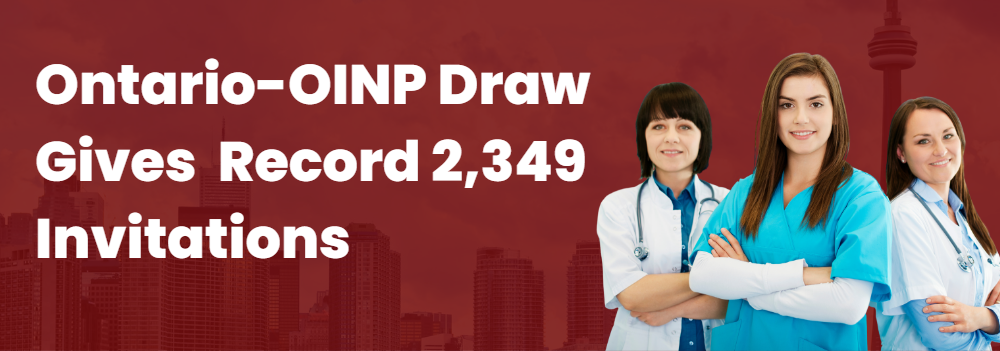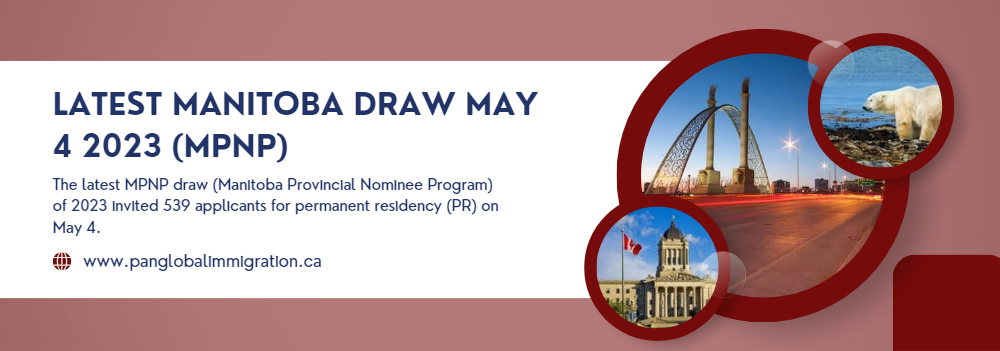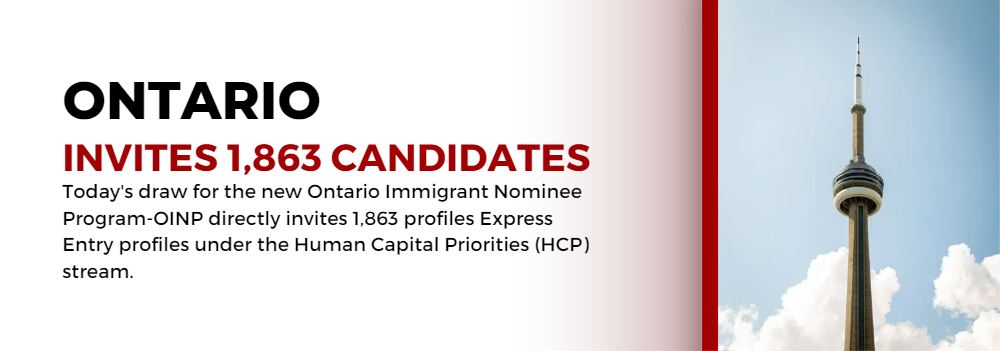Industries with the highest growth rates for immigrants to Canada
The economy of Canada is renowned for being strong and steady. Following the pandemic, the nation saw a robust recovery in several industries, with many of them experiencing significant growth.
The high immigration goals of Canada are one of the main drivers of the nation’s sustained economic prosperity. By the end of 2025, Canada will welcome 500,000 immigrants annually, according to the Immigration Levels Plan 2023–2025. Nearly 25% of the more than 39,000,000 individuals who call Canada home identify as immigrants.
In Canada, newcomers frequently arrive prepared to fill labor shortages brought either by a significant number of retirements or a dearth of suitable applicants. Among employment sectors, some stand out as the fastest growing with the most in-demand skills.
Healthcare
Compared to past generations, Canadians are living longer and needing more medical care for longer. The provinces of Canada are putting a lot of effort into luring foreign healthcare personnel because of the rising need.
Currently, 39% of dentists, 23% of registered nurses, and over 35% of physicians practise in Canada. The healthcare sector has the biggest overall number of open opportunities, at 143,800, as of February 2023, according to the most recent statistics on job openings from Statistics Canada.
The pandemic had a particularly negative impact on the nursing industry, forcing many nurses to take extended leaves of absence or abandon the field entirely.
In order to make it simpler for healthcare professionals to become permanent residents, Immigration, Refugees and Citizenship Canada (IRCC) has begun lifting some of the restrictions for doctors who were previously regarded as self-employed. Typically, self-employed professions are ineligible for Express Entry.
How to Immigrate as a Healthcare Professional to Canada?
Many healthcare workers enter Canada via the Express Entry programme. Express Entry programmes seek highly competent people for the Federal competent Worker Programme, Canadian Experience Class, or Federal Skilled Trades Programme.
Furthermore, because healthcare is a provincial duty, the Provincial Nominee Programme (PNP) has streams for healthcare personnel in most provinces. Alberta, for example, recently established the Dedicated Healthcare Pathway as part of the Alberta Express Entry Stream.
Other provinces perform PNP draws on a regular basis to find applicants for healthcare jobs. This type of draw occurs practically every week in British Columbia, while Ontario just invited 2,349 healthcare candidates through its Human Capital Priorities stream.
In addition, there are two federal trial programmes for careers of seniors and children. The government announced earlier this year that the work experience in Canada required for a carer to qualify for permanent residency through these programmes will be cut from 24 to 12 months.
Agriculture
Agriculture employs about 243,000 Canadians and has a job vacancy rate of more than 14,000 at the moment.
According to a recent Royal Bank of Canada research, 40% of Canadian farm operators will retire by 2033. According to the report, Canada needs welcome 30,000 permanent immigrants over the next decade to create their own farms and greenhouses or take over existing ones in order to offset a short-term skills shortage.
How to immigrate to Canada with an agricultural occupation?
To fill some of these positions, IRCC recently announced that it is extending the Agri-Food Pilot Program and removing occupational caps. Eligible occupations include:
- Retail butchers
- Industrial butchers
- Farm supervisors and specialized livestock workers
- Food processing labourers
- General farm workers
- Harvesting labourers
Like healthcare workers, there are also dedicated streams under some PNPs for agriculture workers.
Tech
One of the main components of the federal budget 2023 was investing $20 billion to support the building of major clean electricity and clean growth infrastructure projects. This investment is likely to lead to increased demand in the tech sector.
It also notes that many of the careers in the clean technology manufacturing sector do not require a university degree, and the average worker compensation in this sector in 2021 was $90,252—well above Canada’s economy-wide average of $69,311.
The growth of the AI sector also plays a part in Canada’s demand for tech workers. Invest in Canada, a government website designed to attract investment in Canada’s tech industry, reports that Canada has 1,032 AI and machine learning companies. In addition, the Global AI Index shows that Canada ranks 4th for its global competitiveness in AI implementation, innovation, and investment.
How to immigrate to Canada with a tech occupation?
To bring in more tech workers, IRCC offers programs like the Global Talent Stream. This program is part of the Temporary Foreign Workers Program and is designed to encourage the growth of Canada’s tech industry. The program aims to achieve a processing standard of two weeks once the final application is submitted by the potential employee.
There are also targeted draws through the Provincial Nominee Program. Some examples of provincial tech streams include the BC Tech Stream, OINP Tech Draw, Saskatchewan Tech Talent Pathway, and the Alberta Accelerated Tech Pathway.

